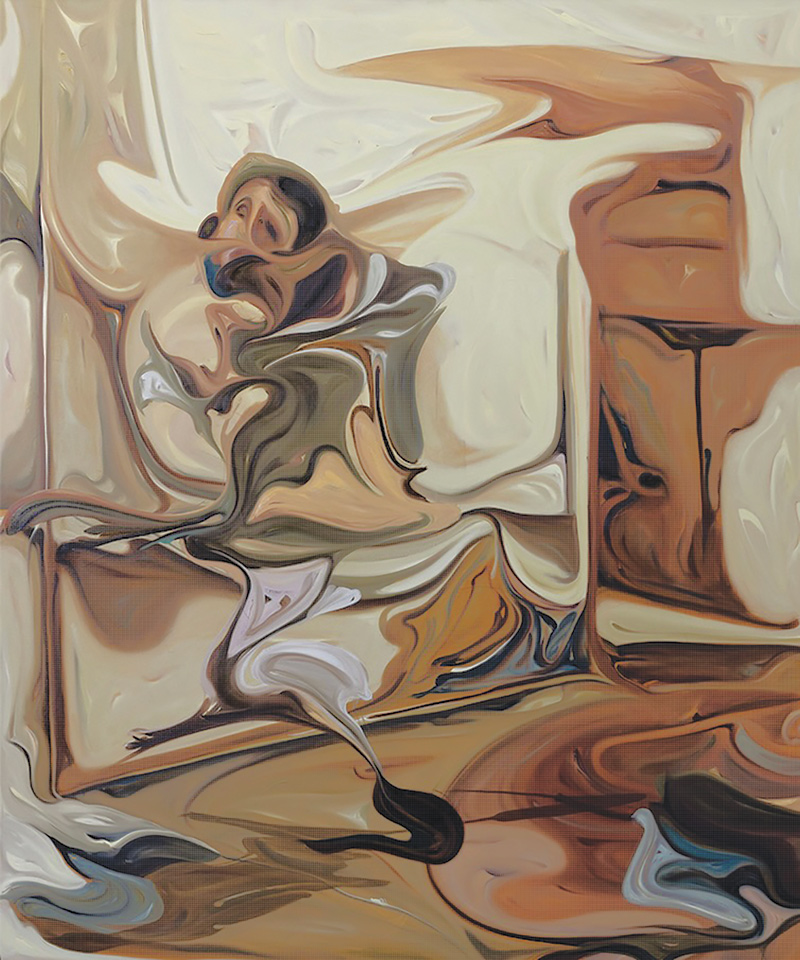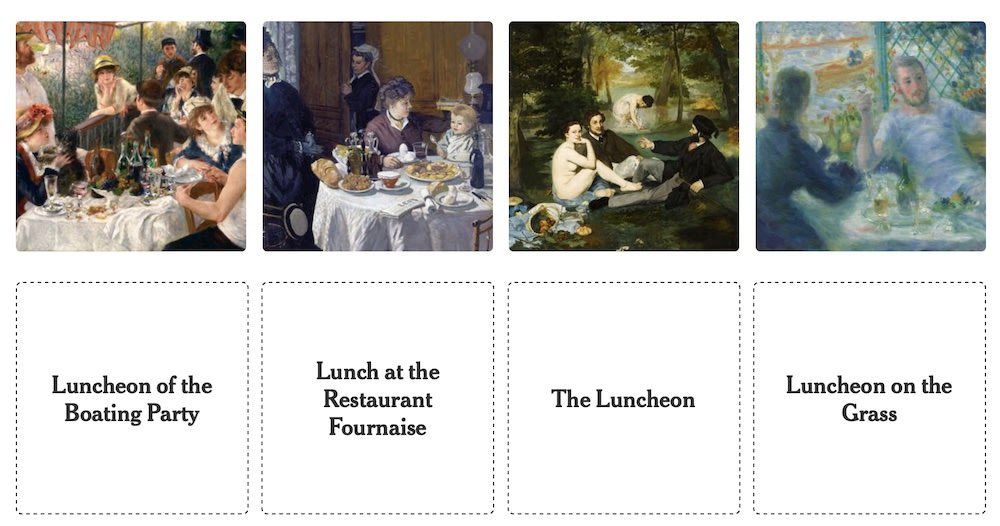ART IS… Jordyn Belli

 Image taken by Chris Garcia
Image taken by Chris Garcia
ART Is... is an ongoing series for CGN by former intern Riley Yaxley, who seeks to write about underrepresented perspectives and voices in the arts community.
By RILEY YAXLEY
When I met Jordyn at an apartment in Pilsen, I was greeted at the door by their overly-excitable, orange tabby cat, Cheddar. An episode of Broad City was playing on the TV while I hung my coat and knelt down to pet Cheddar. My black MCA tote bag – the heavy-handed hallmark of any young, self-described art aficionado in Chicago – was coated in Cheddar’s soft fur for weeks after our interview. While riding the train I would mindlessly pluck them out, one at a time, while trying not to feel guilty for the writing that I hadn’t started yet.
The day of our interview was the second time that we met in person, however, we had followed each other on Instagram for a year and had a brief encounter at the opening of Trans Art Is: Love and Liberation. I’m struck by how comfortable I immediately felt with them. When they laugh, and they laugh often, their body leans back slightly, and each peal of laughter involves their entire body.
My heart sank when I checked Jordyn’s Instagram the night after our interview. They had posted to their story saying that they didn’t really identify as an artist and that they would be taking a break from Instagram for a little while. I was immediately self-conscious. Had I miscalculated my questions or even misinterpreted their work? Had I alienated them during our conversation?
Jordyn’s hiatus from Instagram ended after about two weeks. They posted a photo of Alex & Effee, two queer, trans women of color who speak, write, and model together as a couple. The photo caption read, “I didn’t want to post anything again until I was 100% confident in it. Happy to say I am with these.”
I understood this sentiment. It’s a terrifying time to be an artist. The response to one’s work is readily quantifiable in the number of likes and comments that the post receives. The conceptual artist John Baldessari once said, “For an artist, going to art fairs is like watching your parents have sex.” Being an artist on Instagram can have the same mechanic, horrifying quality. The boundary between the artist and the audience is disregarded. The threat of irrelevance is a constant fear.
Because Jordyn’s work so brazenly documents the nude human form, they have to censor their photos before posting them to Instagram. One of Jordyn’s posts was taken down earlier this year, despite having been blurred. A few days after posting the image Jordyn's usual engagement levels dropped sharply – the likely culprit was Instagram’s indeterminate algorithm that arranges content on a user’s feed. Each time Jordyn posts a photo there’s an implicit anxiety in watching the audience’s response in real time – like standing in the corner of the room and watching the audience and your artwork clumsily groping one another in your own bed.
 Image Courtesy of the Artist
Image Courtesy of the Artist
The opening for Trans Art Is: Love and Liberation was on Valentine’s Day in 2019 at the Andersonville Galleria. The exhibition was hosted by Chicago Therapy Collective and featured the work of 15 trans and gender non-conforming (GNC) artists and aimed to build platforms and create space for trans and GNC individuals. Ken Folk, a nonbinary trans, queer, Haitian artist from Texas, curated the show with the intent to explore how sexual agency and intimacy for trans and GNC individuals can become a means of empowerment in a history that has reduced them to objects of fear or subjects of sexual objectification.
The exhibition description included the following quote from Audre Lorde’s Sister Outsider:
“In touch with the erotic, I become less willing to accept powerlessness, or those other supplied states of being which are not native to me, such as resignation, despair, self-effacement, depression, self-denial. …In order to be utilized, our erotic feelings must be recognized. The need for sharing deep feeling is a human need."
One of Jordyn’s photographs was used in the flyer for the exhibition, which depicted two individuals cradling one another, with one model turned away from the camera and the other with their head nestled in the crook of the other model’s arm. This photo is a representation of the human need for deep sharing: the intimacy of two nude forms in a gentle embrace. During our interview, I remarked to Jordyn that, despite the nudity in their work, their photographs don't feel erotic. They admit that their work fits into the curatorial space of love and relationships but that they don’t like focusing on sex in their photographs. Each of Jordyn’s photographs feels like peering into a private moment that is also peering back at the viewer, betraying the relationship between the exhibitionist and voyeur.
 Flyer Photo for Trans Art Is. Image Courtesy of the Artist
Flyer Photo for Trans Art Is. Image Courtesy of the Artist
When I ask Jordyn about the other gallery shows they’ve done, they recount a handful from the past few years, such as SICK MUSE: UTOPIA in 2018, Rømantique in 2018, and a show at the Clark Street Collective’s first exhibition back in 2017. Jordyn tells me, “I got a lot of followers on Instagram after that event. It was very Instagram focused - we had our usernames on the wall.” And just like with Trans Art Is, Jordyn was personally solicited by the organizers or curators who had seen their work on Instagram. It made me think that traditional studio visits are being replaced by digital encounters with artists work.
The relationship between the body and land is a critical concern in Jordyn’s photography. Jordyn describes the process of shooting people naked in landscapes where you can “see all the similarities between the human body and the actual landscapes.” They were recently in Denver on a trip and shot the models naked in the mountains. They described the process for everyone as exhausting, sweaty, and with dirt all over themselves. Jordyn’s photographs are edited in Adobe Lightroom, using preset filters purchased from other photographers. The peachy pinks, the natural browns, and the earthy tones are drawn out in the photos, which helps to emphasize the parallels between the textures of skin and landscapes.
When they moved to Chicago, Jordyn originally planned on attending SAIC. After being accepted and registering for classes, they couldn’t balance having a job and taking courses. Jordyn says to me several times throughout the interview, “I am so glad I didn’t go. I don’t have any debt.” Art school can feel like an ill-advised trap designed to charge exorbitant amounts for tuition while offering few guarantees to students for employment after graduation. However, Jordyn admits that there are helpful resources that friends who attend schools like SAIC and Columbia do have, such as easy access to make prints. For Trans Art Is, Jordyn personally spent over $100 dollars on making prints for the show. Jordyn’s work proves that sometimes being a savvy Instagram user may be more immediately useful than having a college degree.
Jordyn began taking photographs at age 12 while growing up in north western Ohio. “I’ve wanted to live in Chicago my whole life. My entire life has been like me pursuing Chicago,” they explain wistfully. I understand the impulse, having grown up in a similarly rural area of Michigan. We have each romanticized the city as an escape from our conservative hometowns, whereas Jordyn puts it, “There are too many God hates f*gs signs everywhere.”
But Jordyn acknowledges that living in the city is lonely, where they joke that they recently made a friend – in-person – for the first time in three years of living here. Jordyn compares New York and Chicago saying that, “People in Chicago are polite, but not kind, and people in New York are kind, but not polite.”
 Image Courtesy of the Artist
Image Courtesy of the Artist
The struggle between the social and the digital feels like it has consumed almost all aspects of our lives as of late, especially in the unprepared realm of art galleries and museums. In As Eve Said to the Serpent: On Landscape Gender and Art, Rebecca Solnit writes that there is “the much-promoted ideal of the user never leaving a well-wired home and the goal of eliminating the world and reconstituting it as information.” Instagram, and the Internet as a sprawling, intangible entity, has given us new ways of communicating, new ways of initiating and maintaining relationships, and new platforms to display and market our work, but the nagging fear seems to be that an element of human connection is lost.
Jordyn’s Instagram allows the audience of followers to directly engage with and enjoy art, but the impulse to be a part of an exhibition in a physical gallery is hard to dismiss. The excitement of being in a space, like at Andersonville Galleria, where I had to traipse up three flights of stairs to a bird's nest loft space that was so packed I could barely nudge my way into the room without spilling my (necessary) glass of wine, is undeniable. Social media might be attempting to reconstitute our world as simply information, but Jordyn’s work proves that we are still intimate beings seeking out these moments where we can unabashedly bare our selves to one another.
See more of Jordyn’s work on their Instagram HERE and on sleepykiwis.com Note: there is, of course, nudity.






